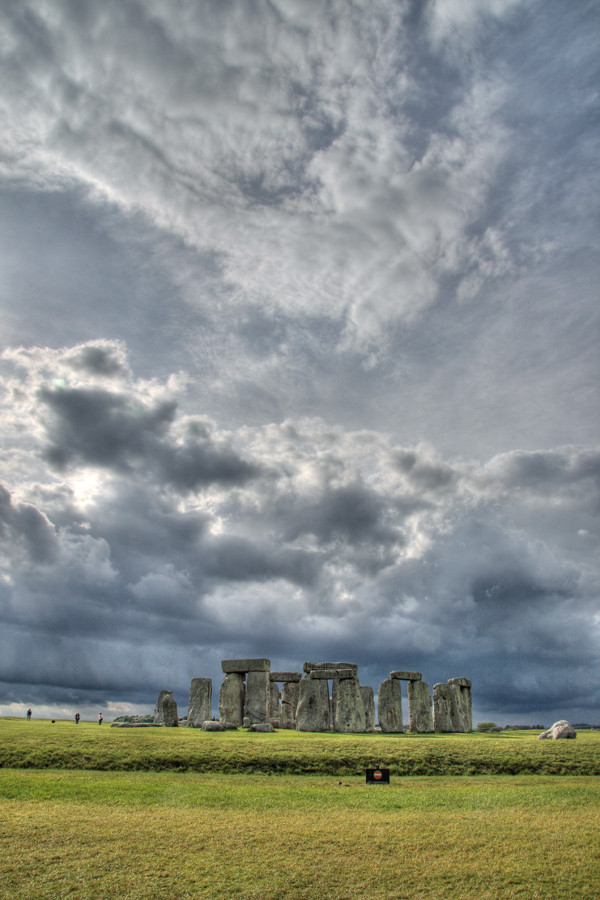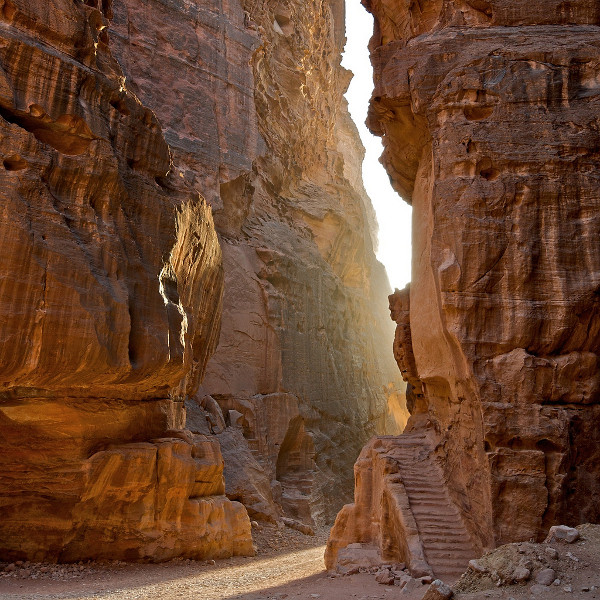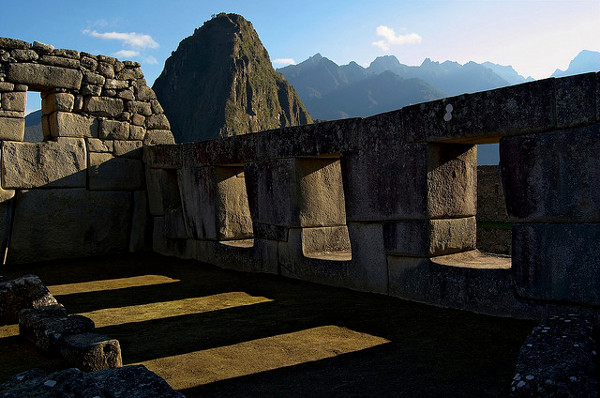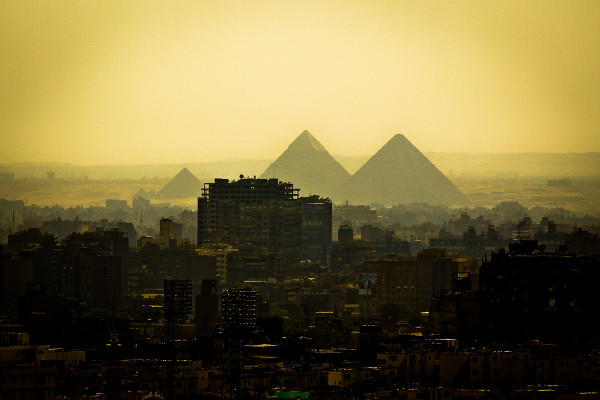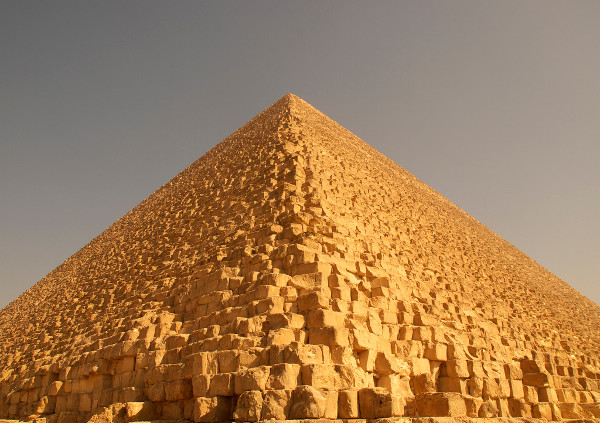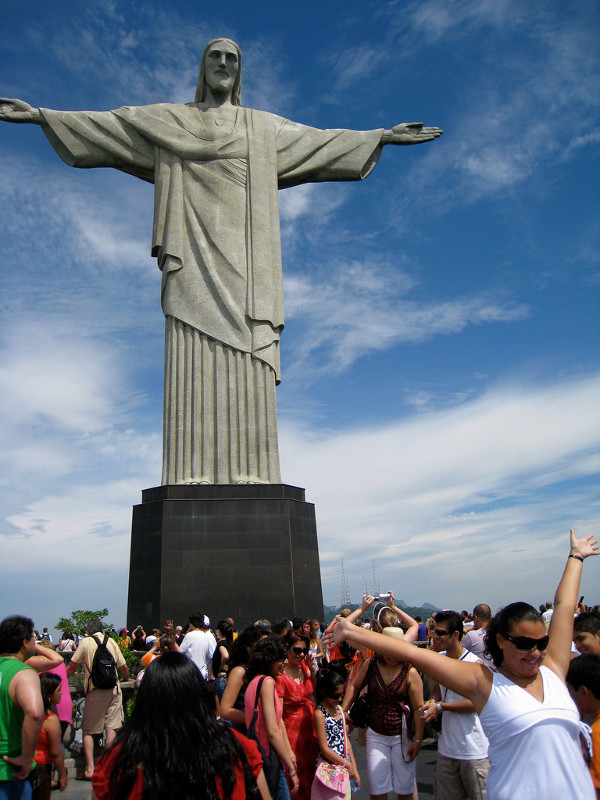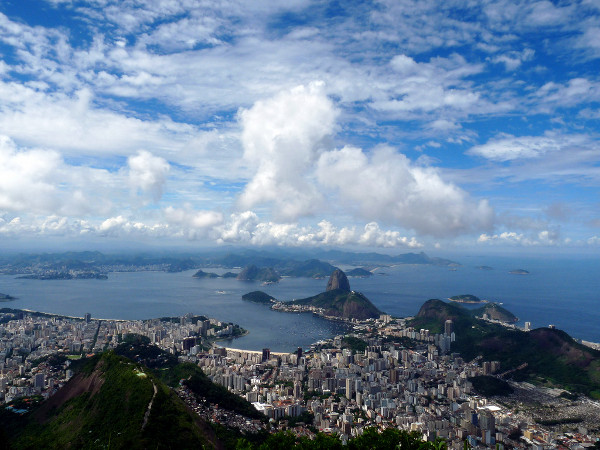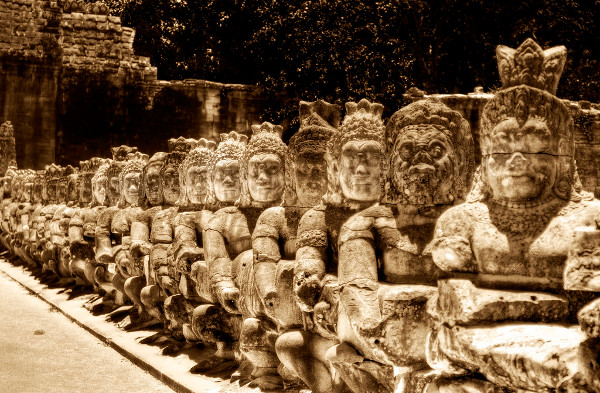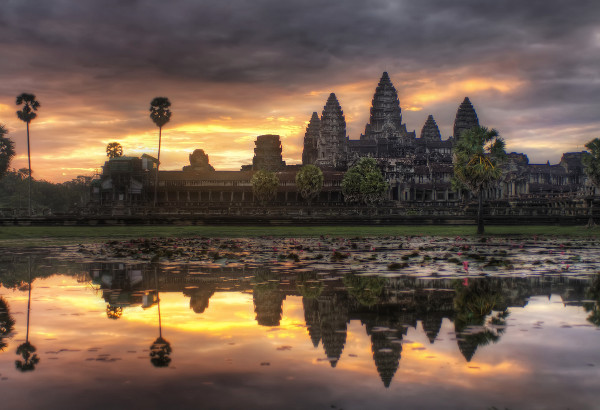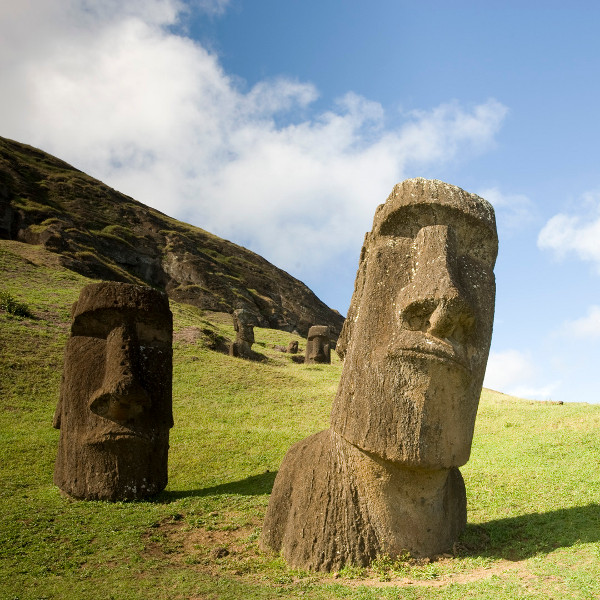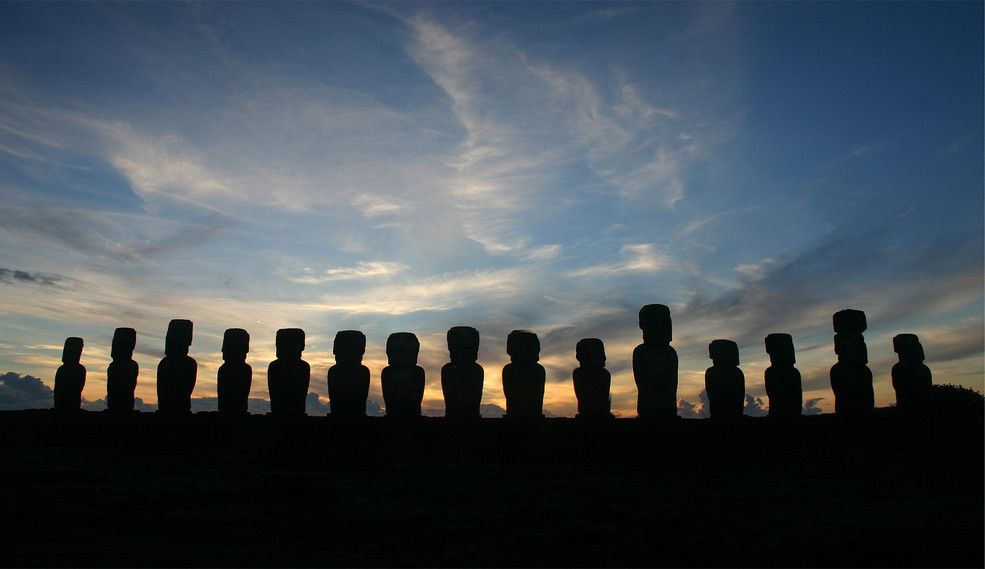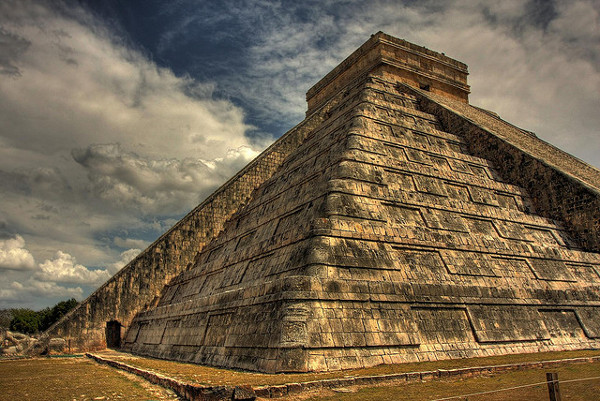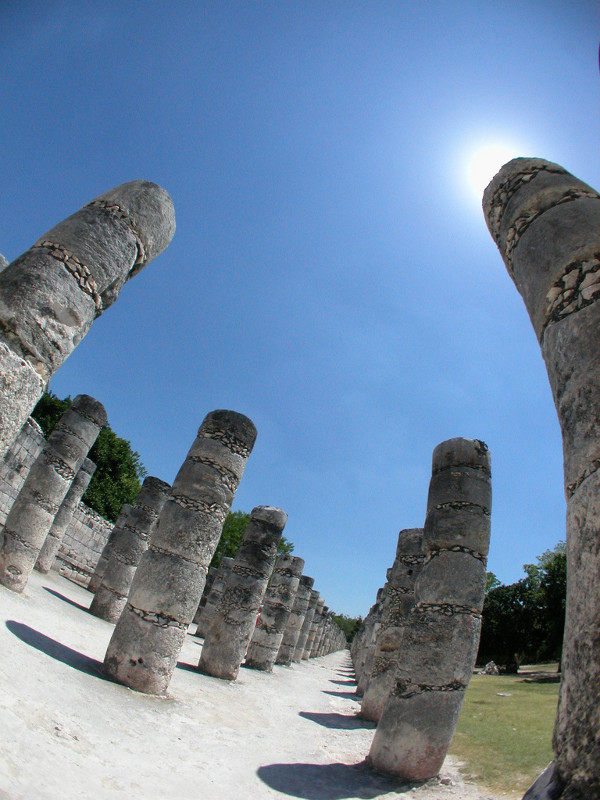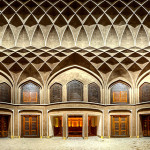View in gallery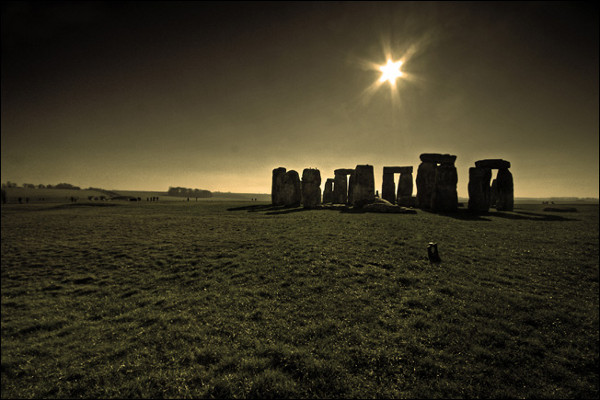
Human culture is rich with myth and legend, stories of our past that cannot be described by science. An adventurous traveler can meet the myths of yesterday firsthand– by visiting these places of ancient history and modern beauty.
Imagine visiting the ruins of Chichen Itza, the Mayan capitol, on the day the Mayan calendar ends. Imagine visiting Stonehenge on the Autumnal Equinox.
These eight places of myth are deeply intriguing, destinations where a traveler can experience real legends firsthand.
Chichen Itza Ruins
View in gallery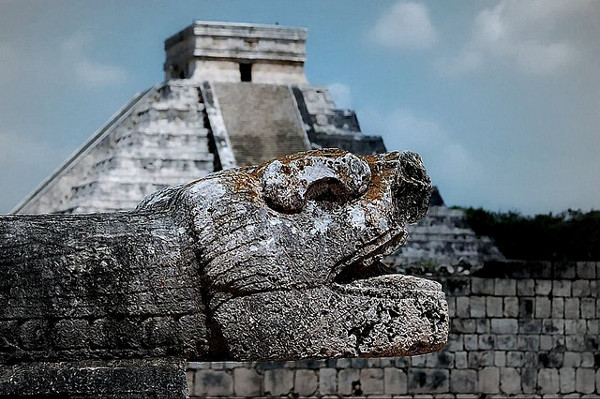
The mystery surrounding the date of December 21st, 2012 is getting plenty of attention in the media. That date, also the winter solstice, marks the end of the Mayan long count calendar. Many have speculated that an end-of-the-world event might occur, but only the ancient Maya know for sure. On that date, there is no better place in the world to experience this myth than Chichen Itza, the capitol of the Mayan civilization in Mexico. The pyramid above is itself a calendar– its four sides have a total of 365 steps, and its corners cast a shadow of a serpent only on the Spring and Autumn Equinox. This pyramid, a temple to the god Quetzacoatl, might just be the world’s largest calendar, constructed by one of history’s most mathematically-advanced cultures. If the mystery fascinates you, we suggest you keep Chichen Itza on your itinerary for the 21st of December, 2012.
Chichen Itza Gallery
View in gallery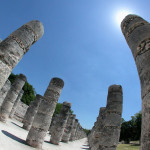 View in gallery
View in gallery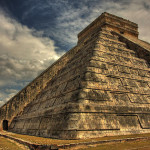 View in gallery
View in gallery
Easter Island
View in gallery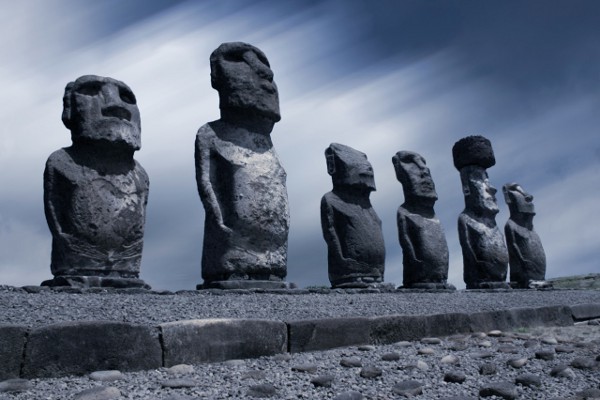
Easter Island is a place of legend, a strange and distant isle over a thousand miles off the coast of Chile. Its landscape is protected by nearly 900 massive statues called Moai, which are the stone representations of the people’s deified ancestors. What is most remarkable about the Moai is that they weigh up to 87 tons, but were moved by their ancient people for many miles. Still to this day, scientists have been unable to determine how they were moved, which leaves magic as the mythical explanation. The story says that the island’s king had control over the Moai, allowing them to come to life and walk its surface at his command. Visitors to Easter Island can study and experience the Moai and the lost culture that created them. Getting there isn’t easy, but a trip like this is a once-in-a-lifetime treat.
Moai of Easter Island Gallery
View in gallery View in gallery
View in gallery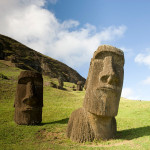 View in gallery
View in gallery
Angkor Wat
View in gallery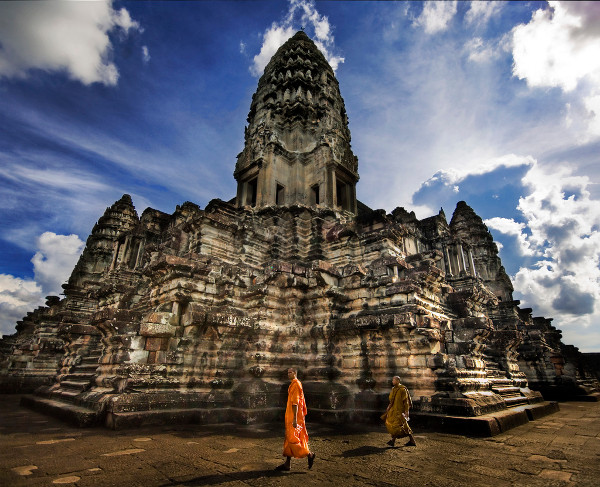
The great lost city of Cambodia is also its greatest national symbol. Angkor Wat is the largest religious building in the world, a temple complex that was built to honor the Hindu god Vishnu and to act as the capitol of the Khmer empire. Not long after its completion, war and a new religion would change its story forever. Angkor Wat was sacked by an enemy of the Khmer, and it was widely abandoned for a new capitol to the north. Thanks to its moat, the jungle never overtook it, and it remained in stunning condition when it was re-discovered by European explorers in the late 1500s. Today, Angkor Wat is a celebrated Buddhist temple and the symbol on the flag of Cambodia. It is a truly fascinating structure with immense dignity and detail. A visit to Angkor Wat justifies a trip to Cambodia, as this could be the most storied structure of the Buddhist faith. [excellent photos by stuck in customs]
Angkor Wat Gallery
View in gallery View in gallery
View in gallery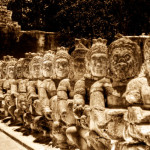 View in gallery
View in gallery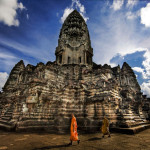
Christ the Redeemer
View in gallery
The breathtaking harbor of Rio de Janeiro is considered one of the seven natural wonders of the world, and the statue at its peak is on a list of its own. The harbor is protected by a massive statue of Jesus that stands 130 feet tall, over 2100 feet above the water below. The Christ the Redeemer statue was built in 1931 as one of the most recognizable landmarks in all of Brazil. It has become a point of pilgrimage for Christians throughout Brazil and the world around it, as weddings and other ceremonies are celebrated under the statue’s arms. Rio, its harbor, its statue and its people are amongst the world’s most beautiful, and a pilgrimage of your own would be the trip of a lifetime.
Christ the Redeemer Gallery
View in gallery View in gallery
View in gallery View in gallery
View in gallery
Pyramids of Giza
View in gallery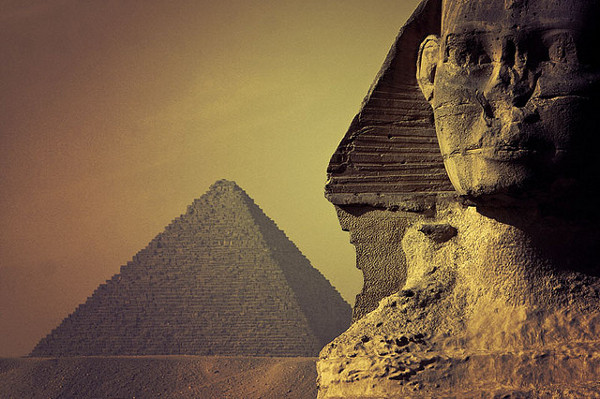
The Pyramids of Giza may be the most recognizable destination on this list, as they represent some of the most remarkable achievements in human history. Their construction, however, remains a mystery today, as no one theory has been proven to be the technique of the ancient Egyptians. Guided tours of the pyramids, the Sphinx and the surrounding tombs will take one deep into the history of ancient Egypt. The myths, legends and truth of the Great Sphinx and pyramids are well known in Western Culture, making Giza a common travel destination for the history-addicted traveler.
Pyramids of Giza Gallery
View in gallery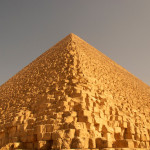 View in gallery
View in gallery View in gallery
View in gallery
Machu Picchu
View in gallery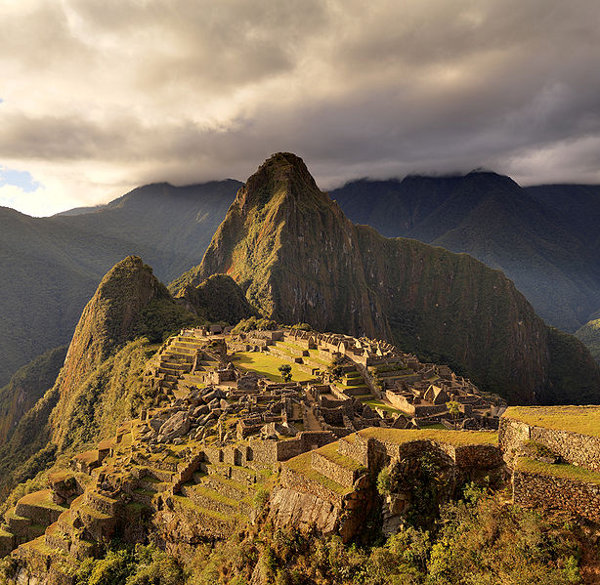
The great lost city of the Inca was one of the most important discoveries of the 20th century. The city of Machu Picchu sat abandoned for centuries after the Inca fell victim to Spanish conquest. While some natives were aware of its existence, it didn’t reach national awareness until its discovery in 1911. Machu Picchu was constructed as a holy city for the Incas, a complex of 140 terraced buildings that included agricultural and urban space. After its rediscovery, Machu Picchu was added as a UNESCO World Heritage site, easily one of the world’s most beautiful structures of an ancient culture. Travelers can visit Machu Picchu by taking a train from Cusco or the more adventurous Inca Trail, a four-day journey through the mountains of Peru. This is certainly one to experience in your life time.
Machu Picchu Gallery
View in gallery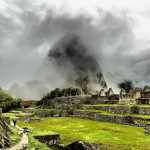 View in gallery
View in gallery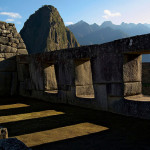 View in gallery
View in gallery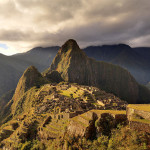
The City of Petra
View in gallery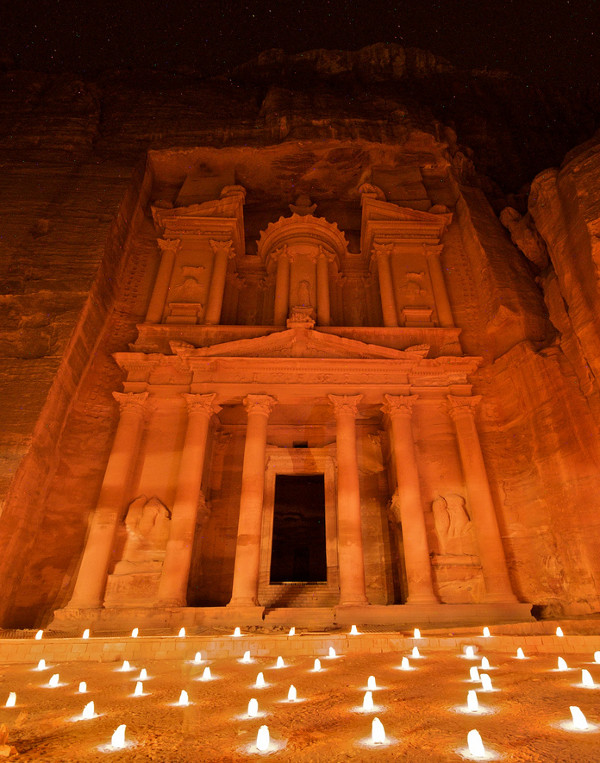
The city of Petra is one of humanity’s most fantastic works of culture, a city carved into the red rocks of Jordan. Petra was constructed in the 6th century B.C.E. by a tribe called the Nabataeans, a pre-islamic group located between Syria and Arabia. Petra is a collection of massive, intricately-detailed structures carved into the thin, rocky valleys of its environment. In the first century C.E., the Romans took over Petra and its hallmark Ad Dier, shown above, became a Christian monastery. Sadly, Petra may not outlive the next few centuries, as erosion and unsustainable tourism are weathering its red walls. While we hate to add to the problem, we’d love to see Petra in this lifetime.
Petra Gallery
View in gallery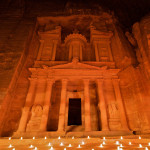 View in gallery
View in gallery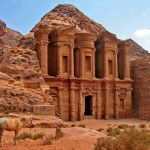 View in gallery
View in gallery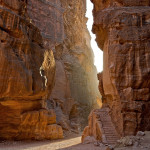
Stonehenge
View in gallery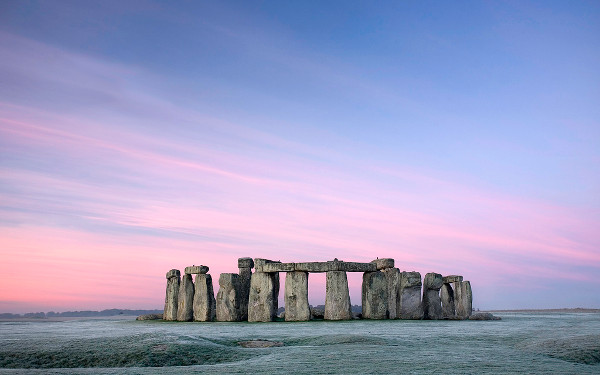
Stonehenge is one of the most recognized and mysterious monuments of ancient humanity. Today, theories of its construction and use try to tell its story, but none succeed in discovering precisely why this stone structure was built. Located near Salisbury, England, Stonehenge has been widely visited by tourists from around the world as well as playing host to mass events. If visiting Stonehenge is on your bucket list, plan to do so on either the Summer or Winter Solstice, or the Spring or Autumn Equinox. At these dates, full access to Stonehenge is granted by the government. Otherwise, visitors can’t get much closer than the frame in the photo above.
Stonehenge Gallery
View in gallery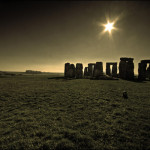 View in gallery
View in gallery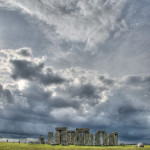 View in gallery
View in gallery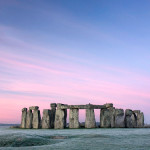
What is your favorite destination of myth and legend? Is there a place we didn’t include that you’d love to see or have already experienced? Share your dream destinations in the comments below, we’d love to hear your story!
[image credits: chichen itza 1, 2, 3; stonehenge 1, 2, 3; angkor wat 1, 2, 3; pyramids at giza 1, 2, 3; christ the redeemer 1, 2, 3; moai of easter island 1, 2, 3; petra of jordan 1, 2, 3; machu picchu 1, 2, 3]
